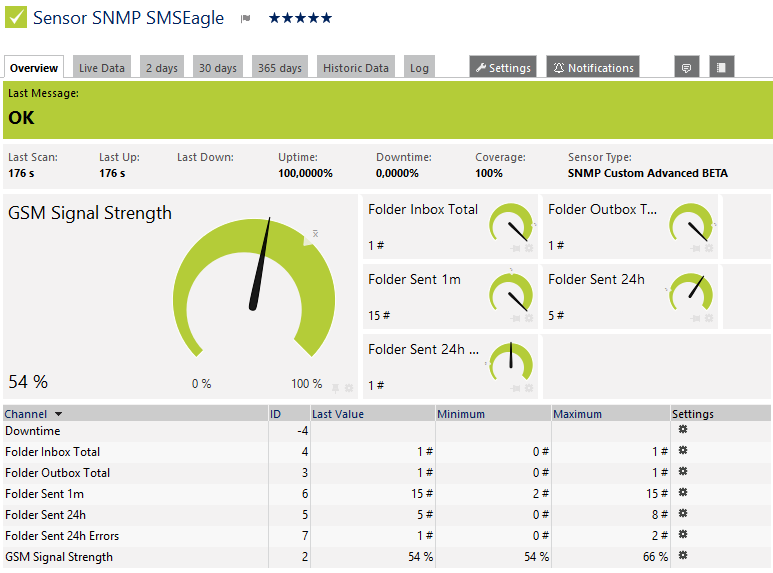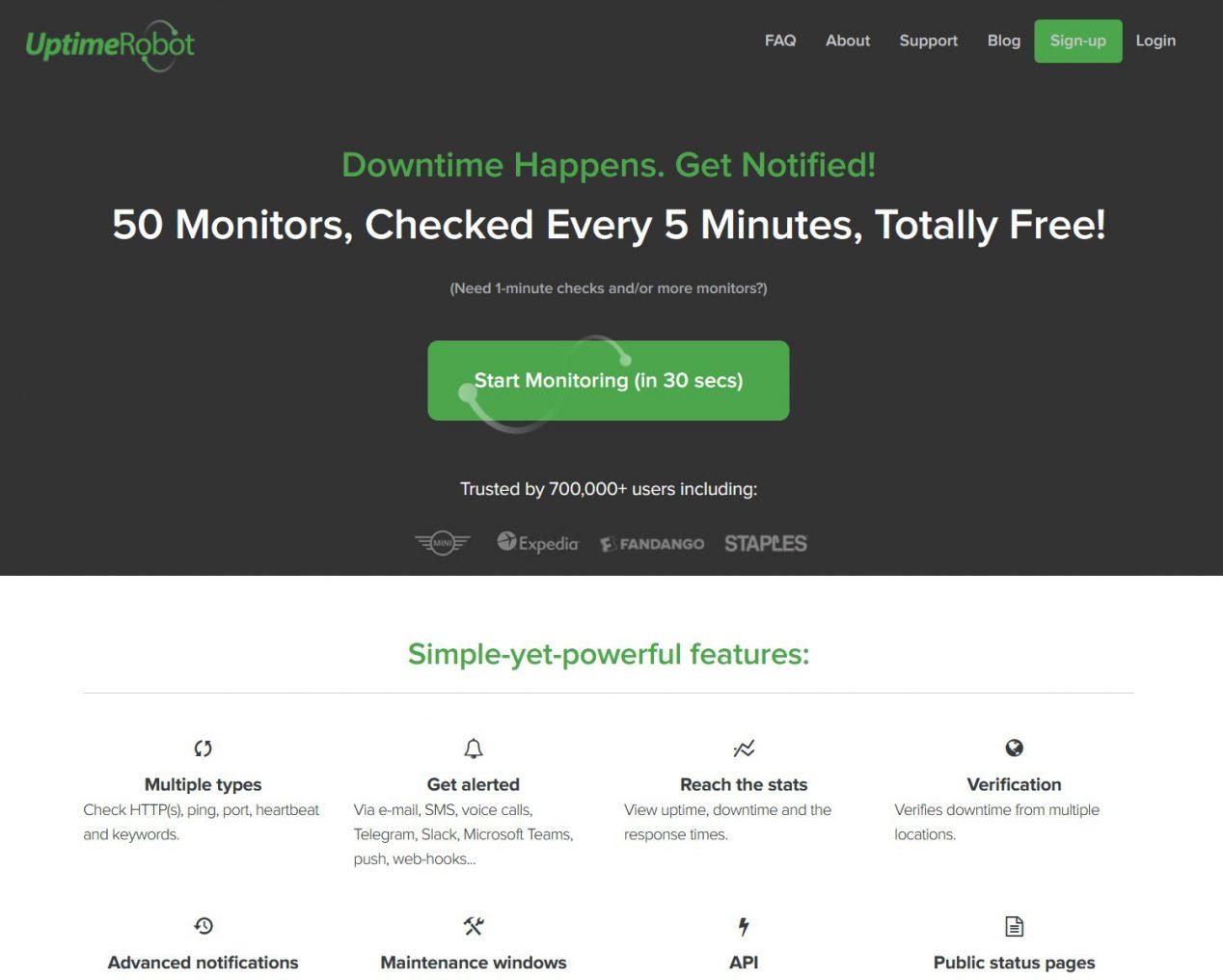

- Internet uptime monitor vs how to#
- Internet uptime monitor vs upgrade#
- Internet uptime monitor vs download#
Internet uptime monitor vs download#
Load time is a simpler concept referring to the time it takes to download and display an entire individual webpage. Page load time is a different but equally important metric. If you would prefer a response time recorded as TTFB, then you can use a ping check. Here at Pingdom, however, to ensure response times are as accurate as possible, we calculate response time in three parts: Response time is often defined as the time to first byte (TTFB), which is the time it takes for the browser to receive the first byte of data being transferred from the server.
The uptime monitoring feature synthetically tests your website from over 100 data centers located around the globe, reporting your site’s response times and alerting you immediately if any outages occur. With Pingdom®, you can track response times via uptime monitoring.
Internet uptime monitor vs upgrade#
A problem here indicates a bandwidth issue, so you may need to upgrade your bandwidth to increase download speed.
Internet uptime monitor vs how to#
In this article, we define page load time and website response time, discuss what monitoring these metrics can teach you about your website, and look briefly at how to improve response and loading times on your site so you can fully optimize your website for speed.

However, the difference between page load time and response time isn’t immediately obvious, and neither are the benefits of tracking them independently. Page load time and response time are key metrics to monitor, and they can give you an in-depth understanding of how your website is performing.


 0 kommentar(er)
0 kommentar(er)
